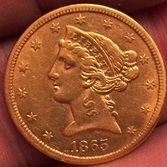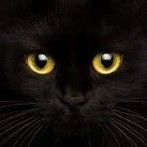Hot Off The Press! Nokta Legend First Look: Nokta Lengend Field Mode Target & Audio Check + Settings & Features
-
Similar Content
-
- 12 replies
- 770 views
-
- 21 replies
- 1,798 views
-
- 22 replies
- 1,338 views
-
- 71 replies
- 8,734 views
-
- 9 replies
- 679 views
-
- 6 replies
- 608 views
-
-









Recommended Posts
Create an account or sign in to comment
You need to be a member in order to leave a comment
Create an account
Sign up for a new account in our community. It's easy!
Register a new accountSign in
Already have an account? Sign in here.
Sign In Now